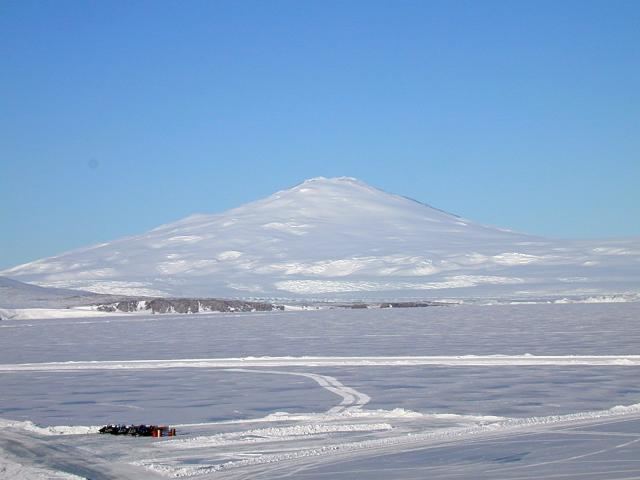Age of rock Unknown Elevation 2,732 m Prominence 1,699 m | Mountain type Stratovolcano Last eruption 1750 Listing Ultra-prominent peak | |
 | ||
Similar Scullin monolith, Mount Berlin, Mount Takahe, Mount Terror, Mount Siple | ||
Mount Melbourne is a massive stratovolcano that makes up the projection of the coast between Wood Bay and Terra Nova Bay, in Victoria Land of Antarctica. It was discovered in 1841 by James Clark Ross, who named it for Lord Melbourne, British Prime Minister when the expedition was being planned.
Contents
Map of Mount Melbourne, Antarctica
Description
Mount Melbourne is an active volcano and is undissected by glaciation. Many young cones dot the flanks and the volcano may have erupted as recently as during the 18-19th Century. Fumarolic activity is found on the southern rim of the summit crater and along a NNE-SSW line cutting through the summit region.
Antarctic Specially Protected Area
A 6 km2 area on the summit of the mountain, including a feature known as Cryptogam Ridge, is protected under the Antarctic Treaty System as Antarctic Specially Protected Area (ASPA) No.118 because it contains geothermally heated soils with a diverse and unique biological community. The warmest areas of ground are created by fumaroles and support patches of moss, liverwort and algae as well as a species of protozoan. The site encompasses all land above the 2200 m contour surrounding the main crater.
